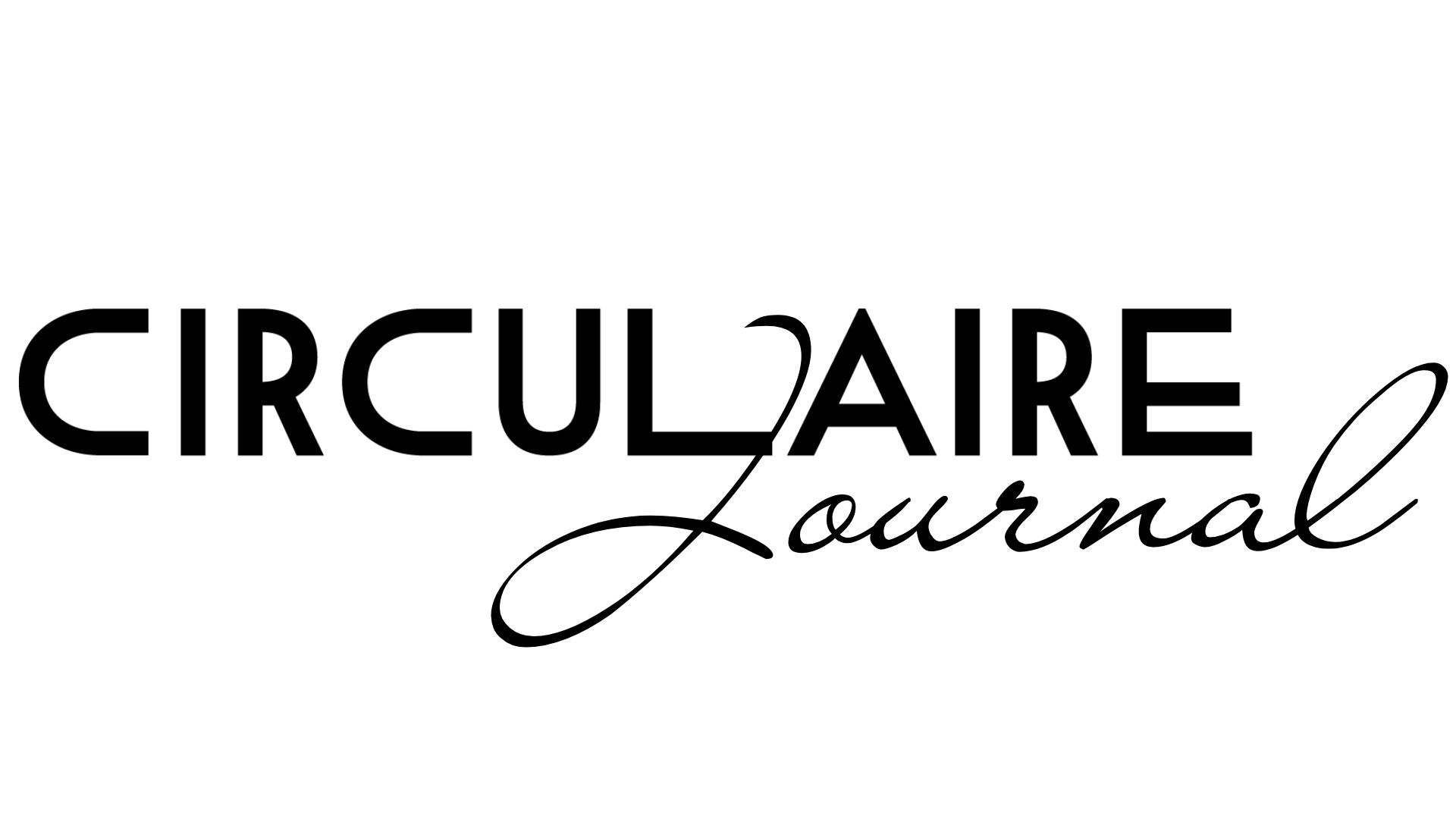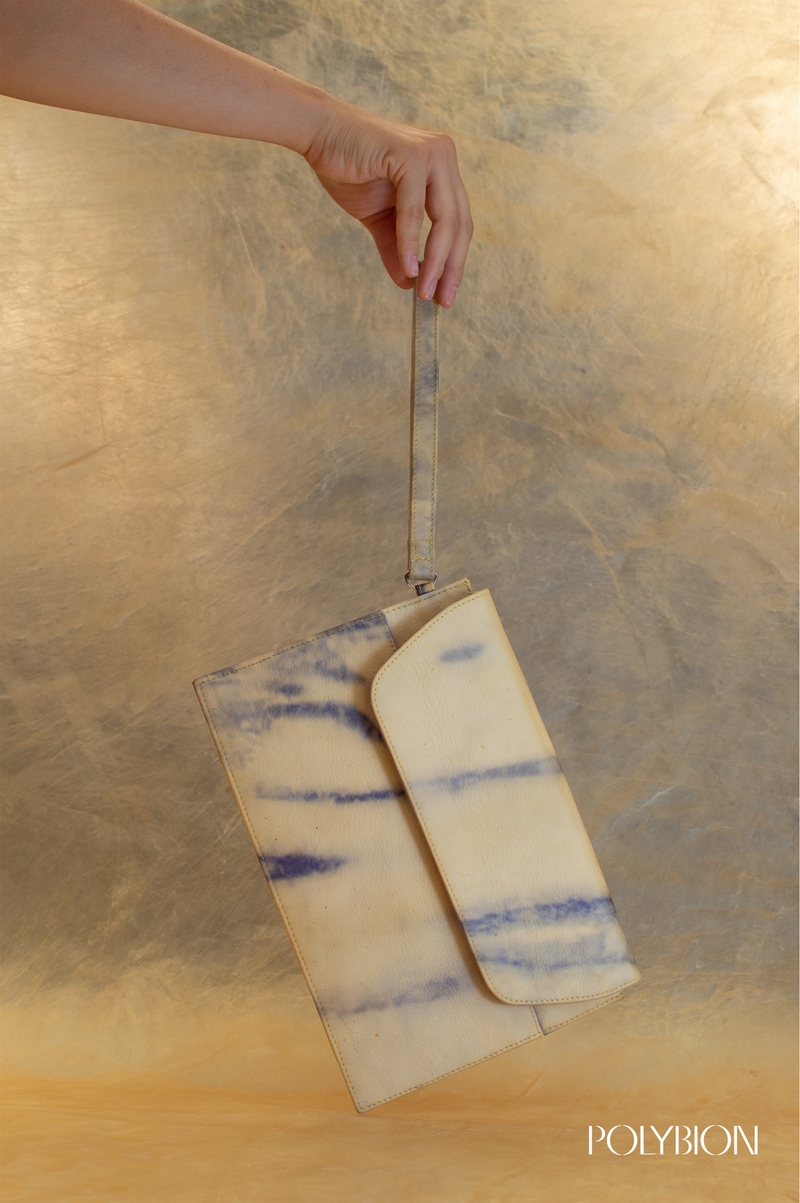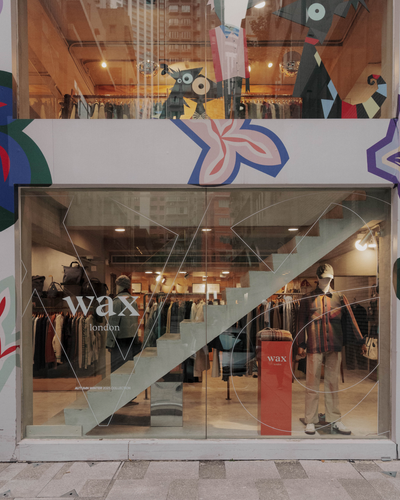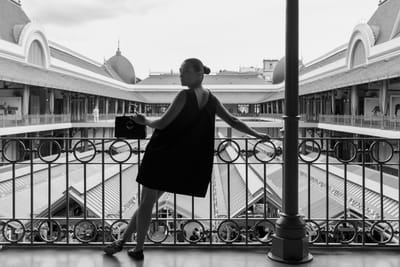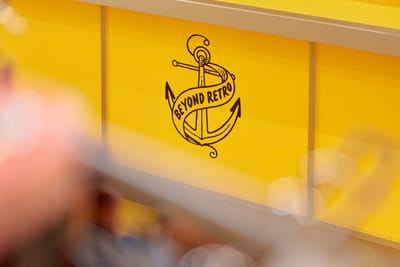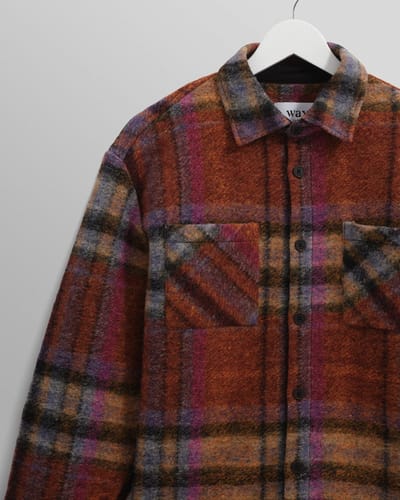In a world searching for sustainable alternatives, Polybion is at the forefront of a material revolution—one that goes beyond biomimicry and into true biofabrication. By leveraging the natural capabilities of bacteria, Polybion has pioneered a method to create Celium™, its Premium Cultivated Cellulose, while introducing a radical approach to colouration. Instead of relying on synthetic dyes or surface treatments, their proprietary biochromatic process allows bacteria to imbue material with rich, violet hues from the inside out. This fusion of biology and design is reshaping how we think about materials, aesthetics, and the role of nature in creative processes.
At the heart of this innovation is the interaction between two microorganisms: one that grows Celium™ and another that produces a striking natural pigment called violacein. The result is a material where colour is not applied but grown—an organic, unrepeatable pattern unique to each piece. Unlike traditional dyeing methods that often rely on chemical-heavy processes, this approach is rooted in biology itself. The pigment-infusing bacteria interact with the growing cellulose, integrating colour seamlessly into the structure of the material without external treatments.
This pioneering method doesn’t just redefine how materials are coloured; it challenges the very notion of authorship in design. By relinquishing strict control over the final aesthetic and allowing living organisms to shape both structure and appearance, Polybion proposes a new perspective—one where designers collaborate with nature rather than merely extract from it. Each piece created through this process is unpredictable yet intentional, proving that organic growth can be a powerful tool for artistic expression.
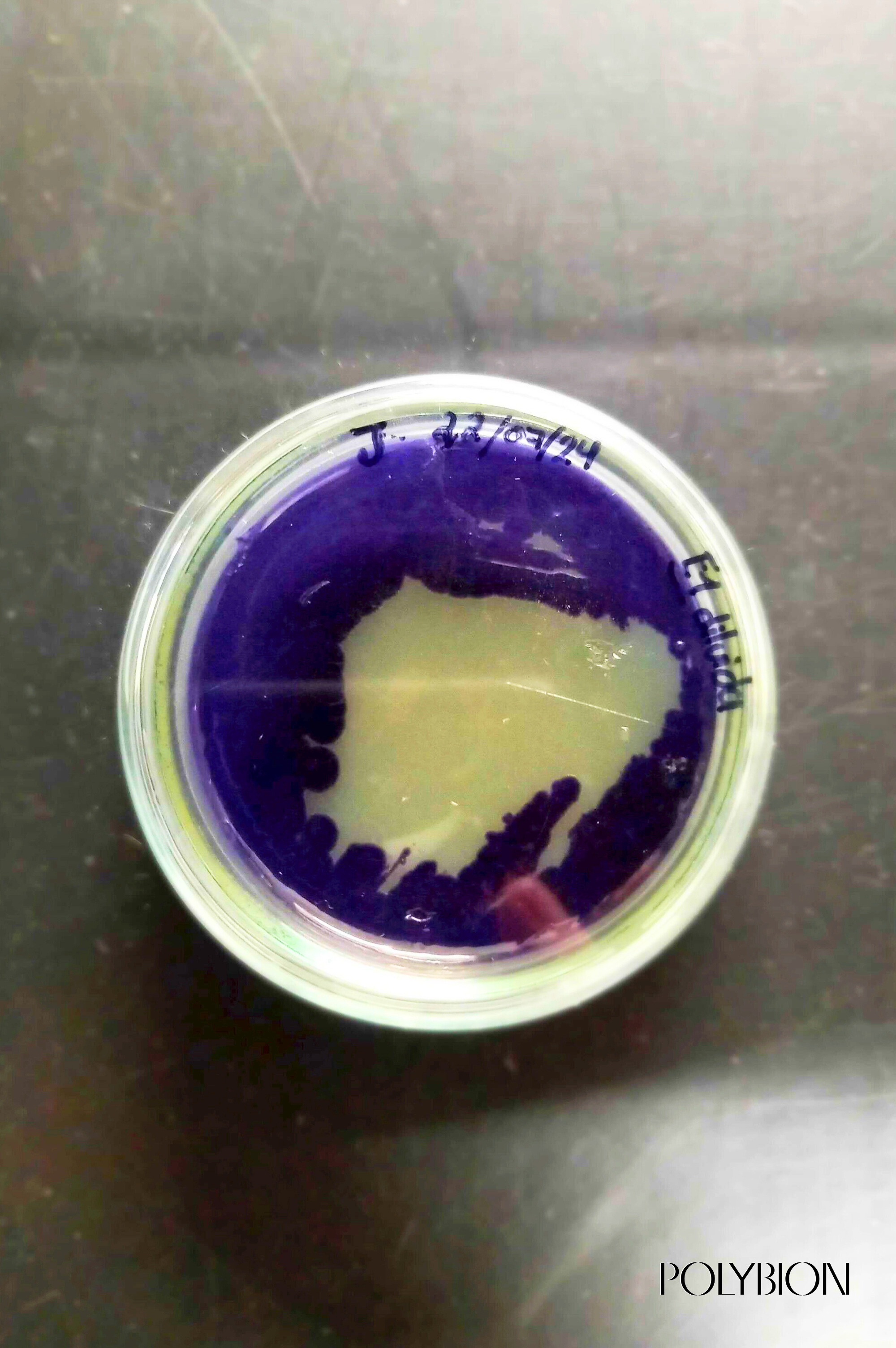
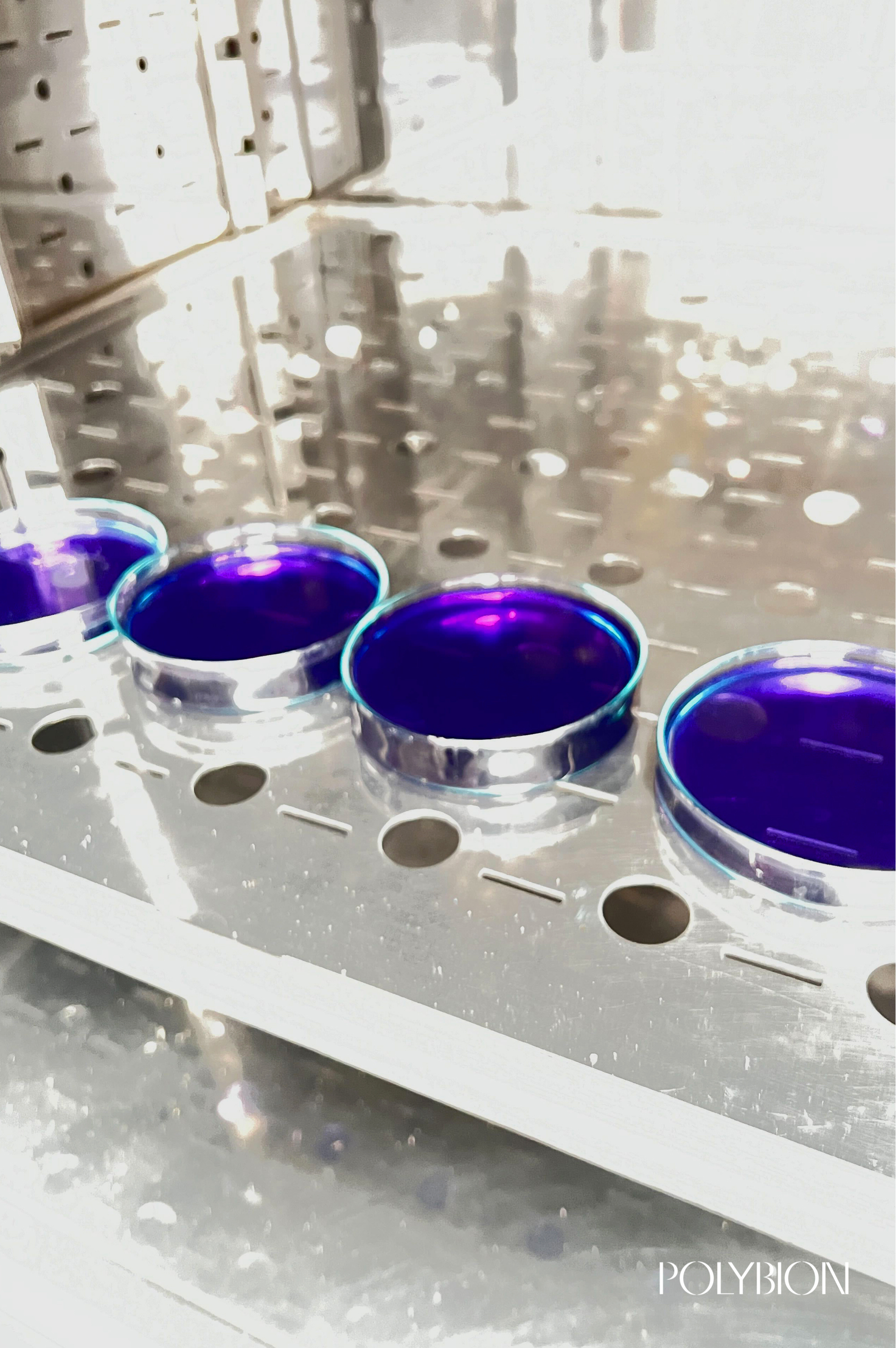
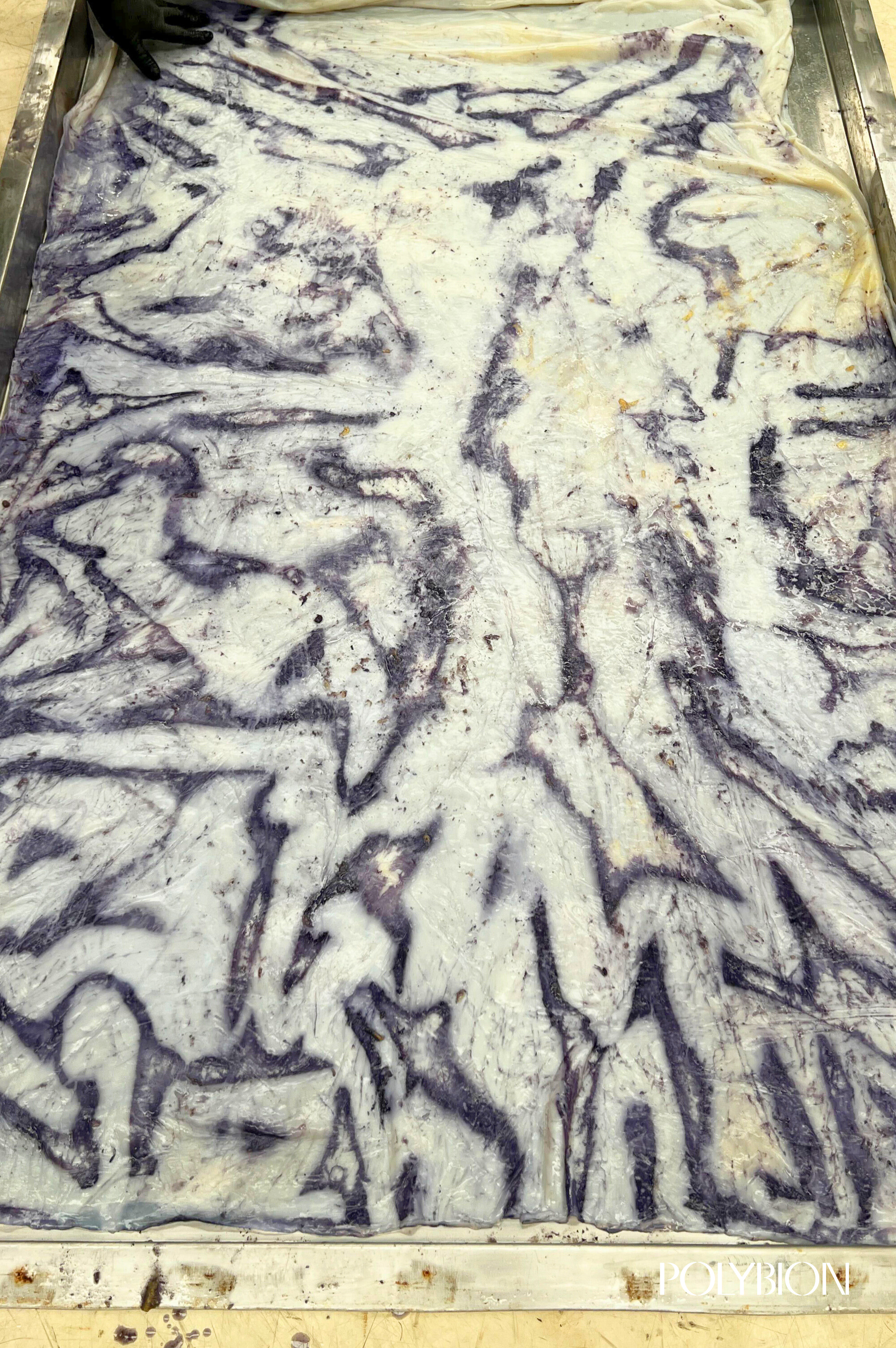
A prime example of this approach is a clutch bag produced with Celium™ using Polybion’s biochromatic process. The deep violet striations across the material are not manually placed or printed but rather the result of bacterial activity—a testament to the possibilities of harnessing biological processes in fashion and material innovation. This living aesthetic redefines luxury, where exclusivity is not manufactured but inherently embedded in the material itself. Every item produced is singular, bearing the unique mark of its biological origins.
Beyond its striking visual appeal, violacein—the pigment responsible for the deep hues—is gaining attention for more than just its colour. A naturally occurring bis-indole pigment found in bacteria like Chromobacterium violaceum, violacein has been studied for its antimicrobial and potential pharmaceutical properties. By integrating this pigment into materials, Polybion opens up possibilities not only for aesthetics but also for functional applications across industries, from sustainable fashion to healthcare.
This innovation also prompts fundamental questions about the future of design. What happens when we embrace the unpredictability of biology rather than forcing materials to conform to human expectations? Could biodesign move away from strict anthropocentric control and instead create space for nature’s own agency? These questions challenge conventional thinking, suggesting a future where materials are not just sustainable but alive in their own right.
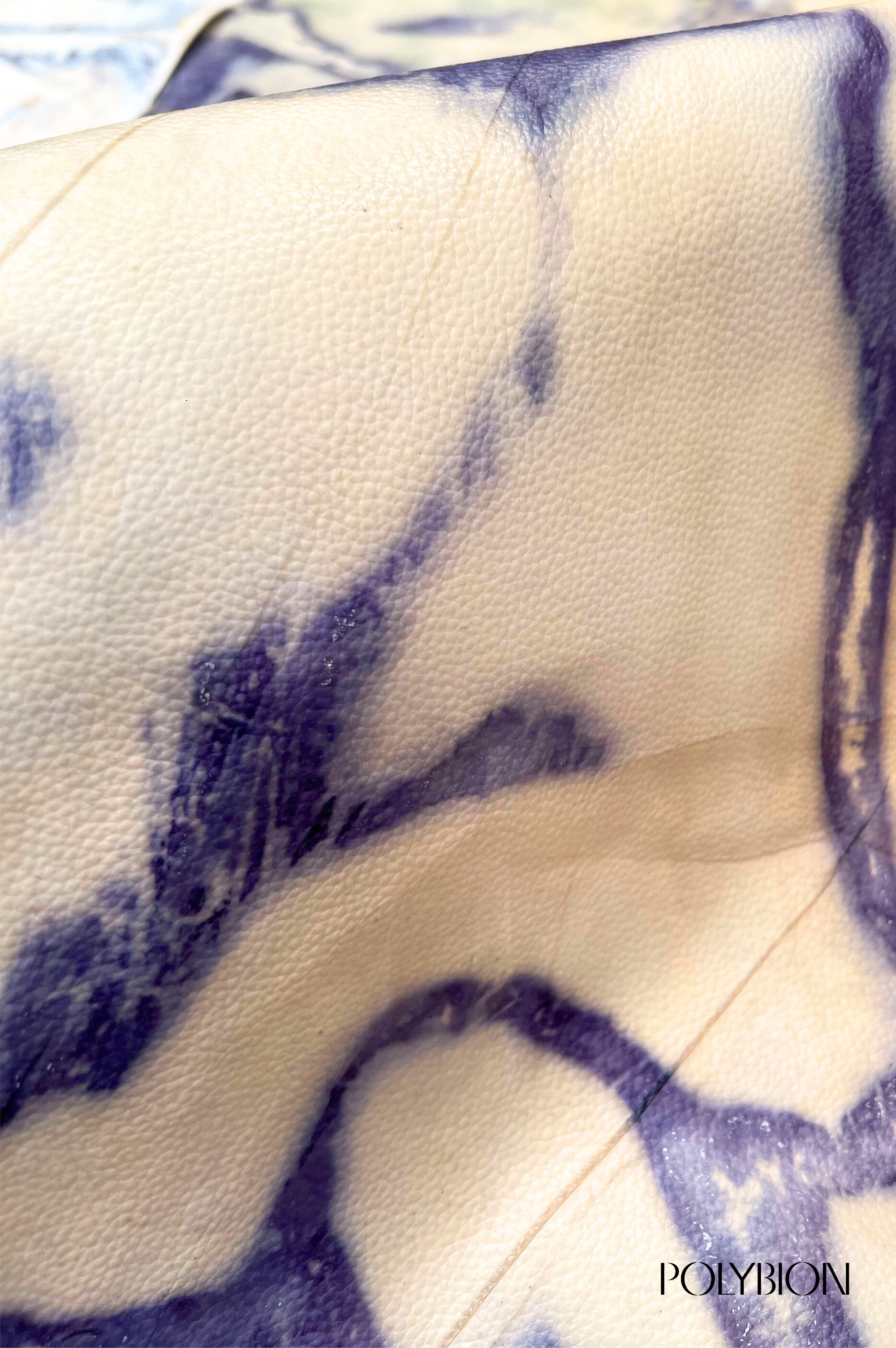
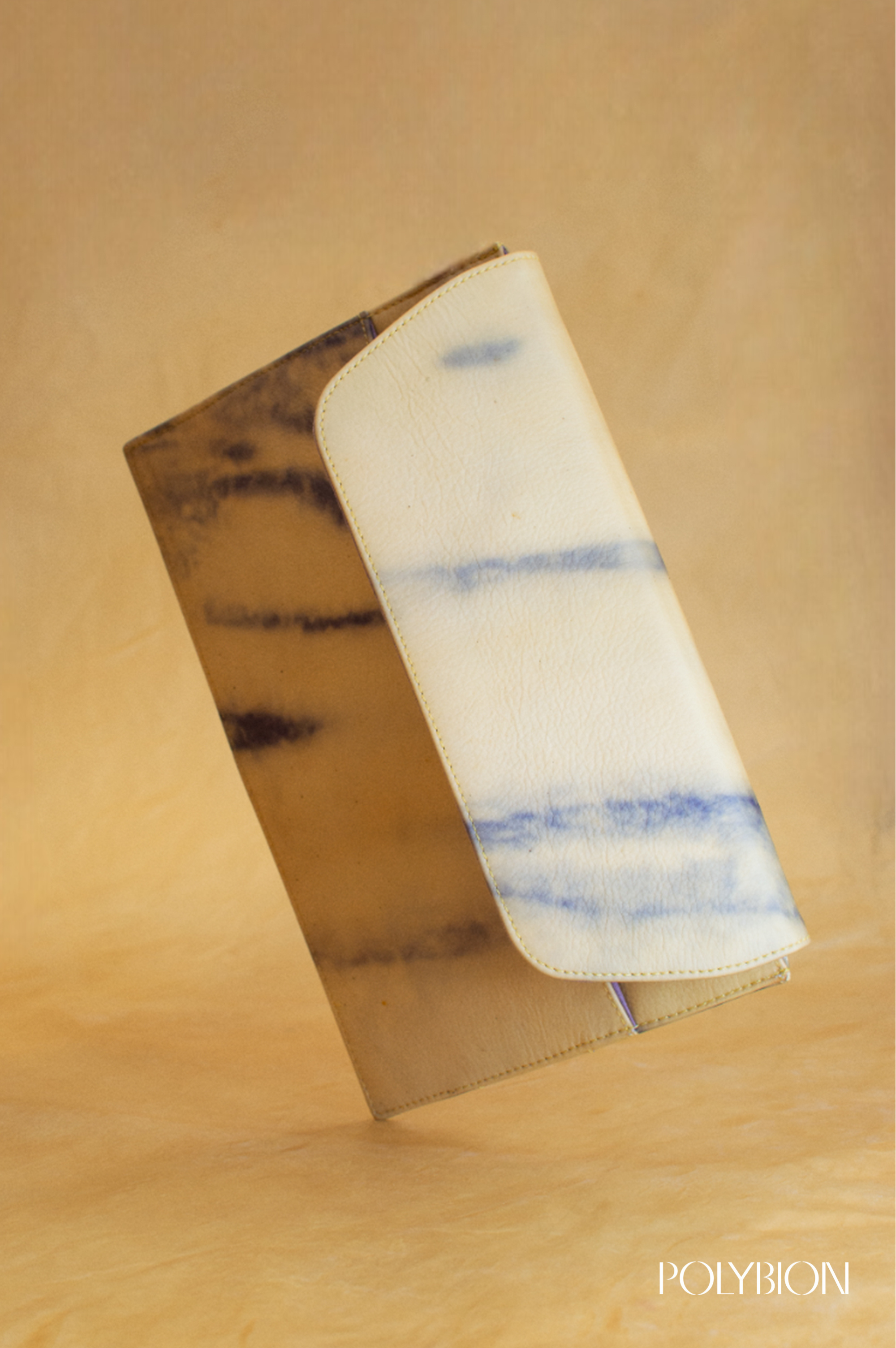
Polybion’s work is more than just material innovation—it’s an invitation to rethink creativity itself. By combining biofabrication with a willingness to let nature take the lead, the company is fostering a new kind of collaboration between designers and the living world. This approach has the potential to shift entire industries, moving away from extractive, wasteful production methods towards processes that are regenerative, efficient, and inherently unique.
As Polybion continues to push the boundaries of what’s possible, it hopes to inspire the next generation of material innovators and designers. By patenting its breakthrough technology but ultimately making it accessible, the company encourages others to build upon its discoveries. The goal is not just to create new materials, but to reshape the relationship between design and biology—where materials are not only functional and beautiful but also tell the story of their own organic creation.
This is the future of material aesthetics: unpredictable, alive, and deeply intertwined with the intelligence of nature itself.
